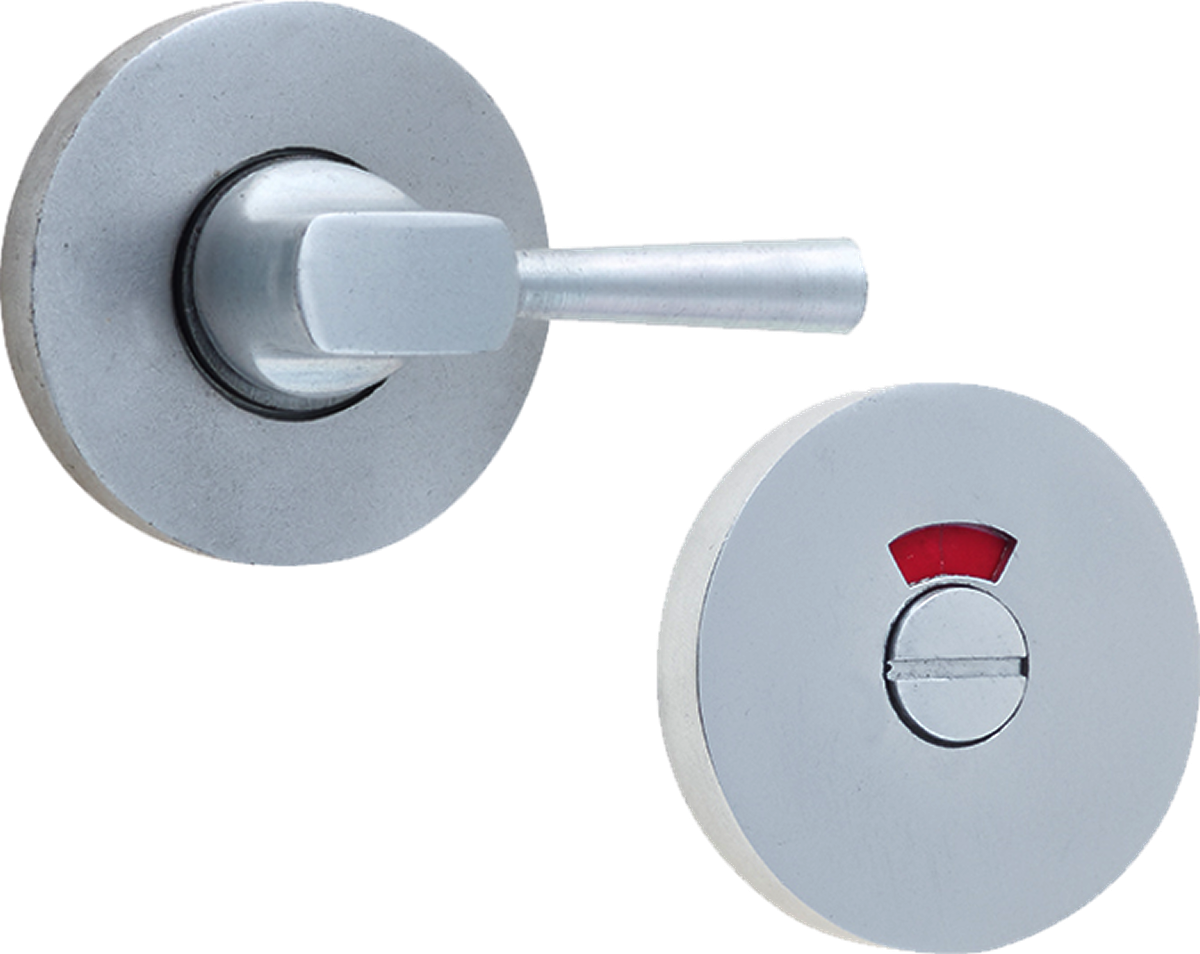Bathroom Occupancy Indicator Light

Bathroom occupancy indicator lights are devices that provide real-time information about the occupancy status of a bathroom. They are typically installed outside the bathroom door and use various technologies to detect whether the bathroom is occupied or vacant.
The bathroom occupancy indicator light, a discreet beacon of availability, evokes a sense of mid-century charm. Its soft glow invites, hinting at the timeless elegance of mid century bathroom light fixtures. From the sleek lines of the art deco era to the whimsical curves of the 1950s, these fixtures cast a warm ambiance, illuminating both form and function.
Bathroom occupancy indicator lights offer several benefits, including improved privacy, reduced energy consumption, and enhanced hygiene. They can be used in various settings, such as commercial buildings, healthcare facilities, and residential homes.
The bathroom occupancy indicator light blinks a comforting green, a silent guardian against awkward encounters. It whispers of privacy, a sanctuary where thoughts can wander freely. As the air fills with a gentle hum, a metal bathroom exhaust fan banishes lingering moisture, ensuring a fresh and inviting space.
The indicator light glows steady, a beacon of solitude, as the symphony of water and metal fades into a tranquil silence.
Types of Bathroom Occupancy Indicator Lights
There are different types of bathroom occupancy indicator lights available, each with its unique features and advantages:
- Wired Bathroom Occupancy Indicator Lights: These lights are connected to the building’s electrical system and require professional installation. They offer reliable performance and can be integrated with other building management systems.
- Wireless Bathroom Occupancy Indicator Lights: These lights operate using wireless technology, such as Bluetooth or Wi-Fi, and do not require wiring. They are easy to install and can be moved to different locations as needed.
- Solar-Powered Bathroom Occupancy Indicator Lights: These lights are powered by sunlight and do not require any electrical connections. They are ideal for outdoor applications or areas where wiring is not feasible.
Benefits and Considerations

Bathroom occupancy indicator lights offer several benefits, including improved energy efficiency, increased privacy, and reduced maintenance costs. By automatically turning lights on when someone enters the bathroom and off when they leave, these lights can help save energy. They can also provide peace of mind by letting people know whether a bathroom is occupied, which can be especially helpful in public or shared spaces. Additionally, by reducing the amount of time that lights are left on unnecessarily, occupancy indicator lights can help extend the life of bulbs and fixtures, reducing maintenance costs.
Factors to Consider
When choosing and installing bathroom occupancy indicator lights, there are several factors to consider, including cost, installation complexity, and compatibility with existing infrastructure. The cost of occupancy indicator lights can vary depending on the type of light, the features it offers, and the brand. Installation complexity can also vary, with some lights being easier to install than others. It is important to ensure that the lights are compatible with the existing electrical system and that they are installed correctly to avoid any safety hazards.
Potential Drawbacks
While bathroom occupancy indicator lights offer several benefits, there are also some potential drawbacks to consider. One potential drawback is that the lights may not always be accurate. For example, if someone is standing very still in the bathroom, the light may not turn off, even though the bathroom is empty. Additionally, occupancy indicator lights can be a privacy concern for some people, as they can indicate when a bathroom is occupied, even if the person inside does not want to be disturbed.
Installation and Maintenance

Installing and maintaining bathroom occupancy indicator lights is a straightforward process that can be completed in a few simple steps.
Installation
Materials Required:
* Occupancy indicator light
* Wiring (if necessary)
* Screwdriver
* Drill (if necessary)
Step-by-Step Guide:
1. Turn off the power to the bathroom.
2. Remove the old occupancy indicator light (if necessary).
3. Connect the wires to the occupancy indicator light according to the wiring diagram.
4. Mount the occupancy indicator light to the wall or ceiling.
5. Turn on the power to the bathroom.
Troubleshooting Tips:
* If the occupancy indicator light is not working, check the following:
* The power is turned on.
* The wires are connected correctly.
* The occupancy indicator light is properly mounted.
Maintenance
Cleaning:
* Regularly clean the occupancy indicator light with a damp cloth.
* Do not use harsh chemicals or abrasives.
Replacing Bulbs or Batteries:
* Most occupancy indicator lights use LED bulbs or batteries.
* To replace a bulb, remove the lens of the occupancy indicator light and replace the bulb.
* To replace batteries, remove the battery compartment cover and replace the batteries.
Comparison of Installation and Maintenance Requirements
| Type of Occupancy Indicator Light | Installation Requirements | Maintenance Requirements |
|—|—|—|
| Wired | Requires wiring | Requires periodic cleaning and bulb replacement |
| Wireless | Does not require wiring | Requires periodic cleaning and battery replacement |
Wired occupancy indicator lights are typically more difficult to install than wireless occupancy indicator lights, but they are also more reliable. Wireless occupancy indicator lights are easier to install, but they may require more frequent maintenance.